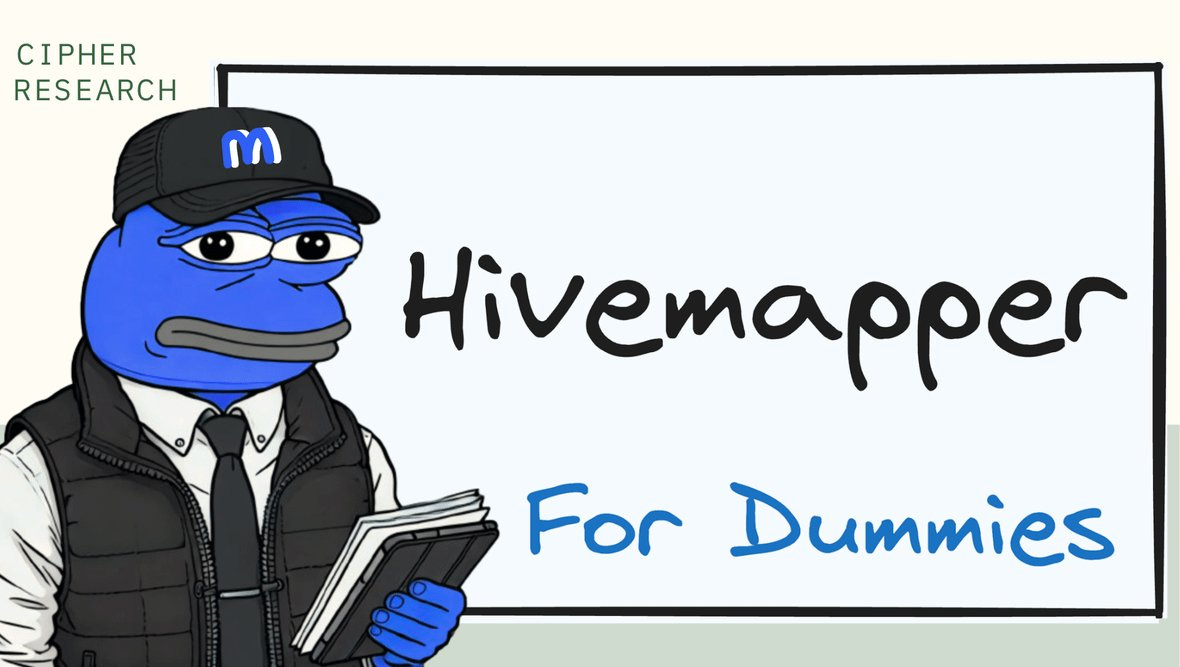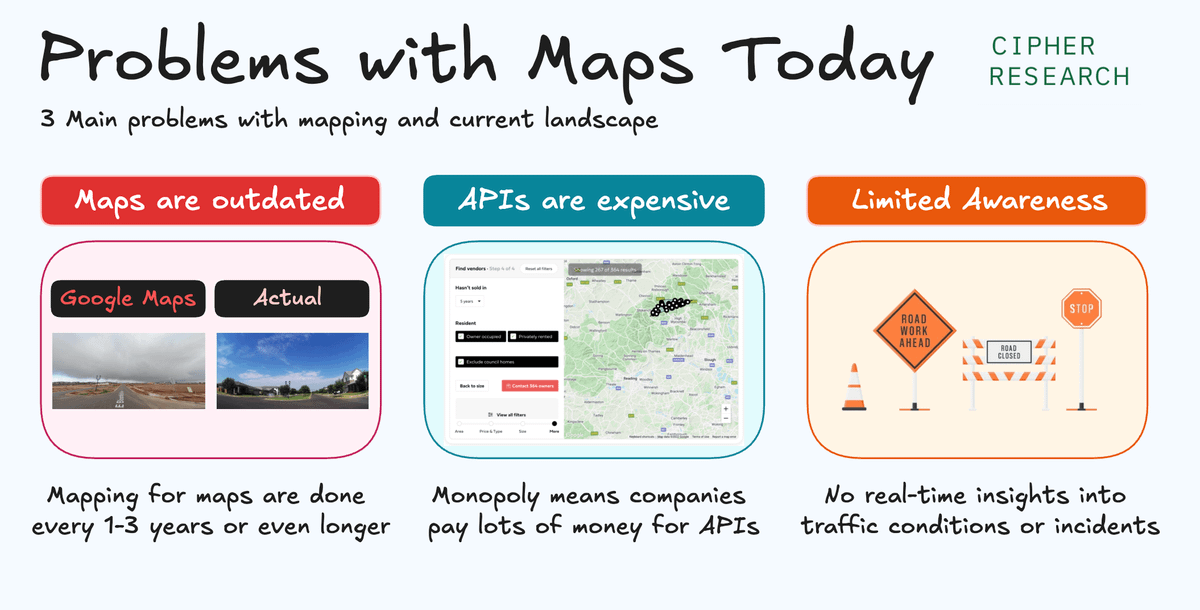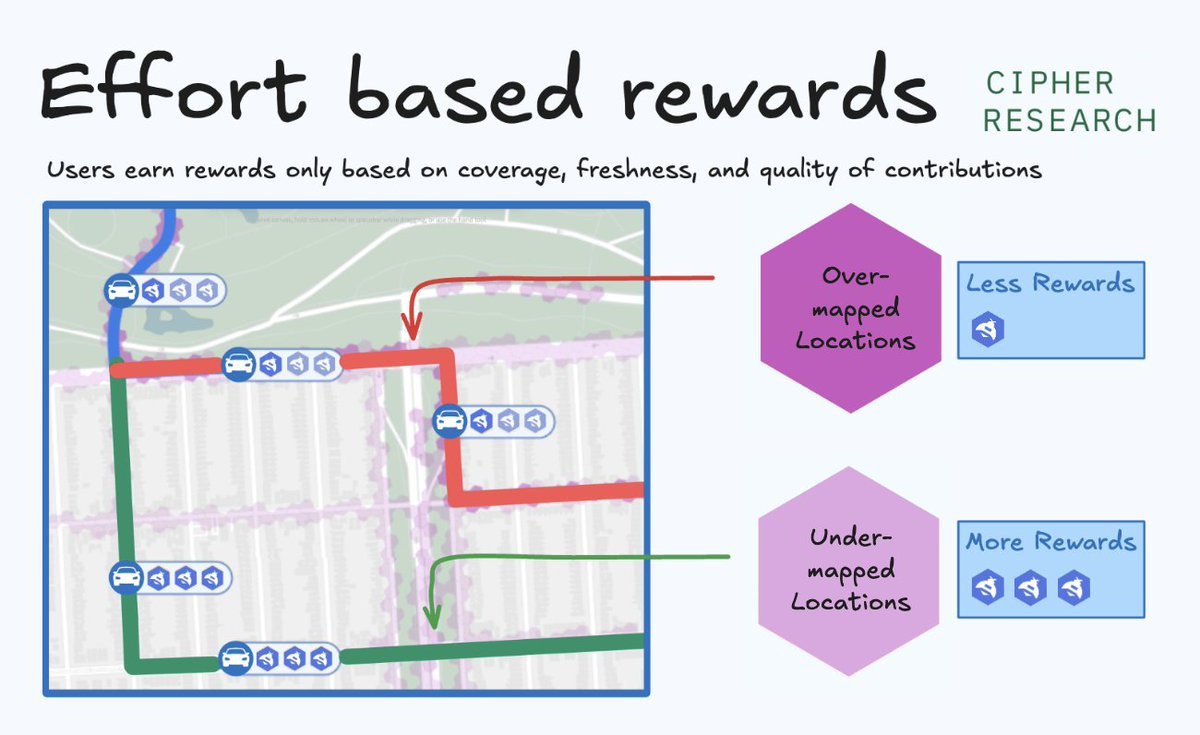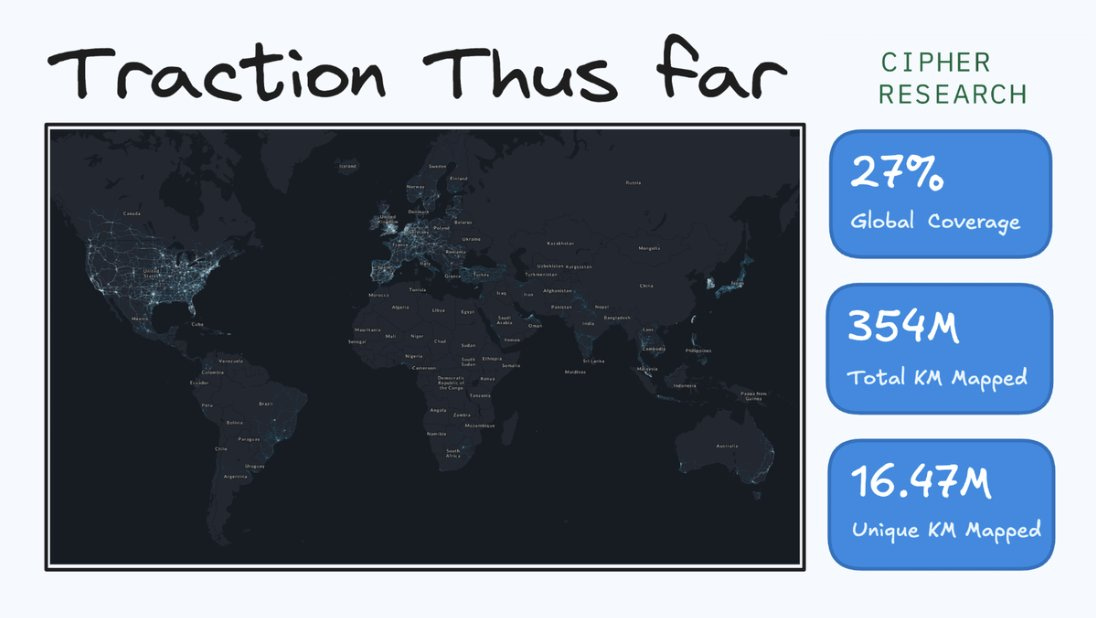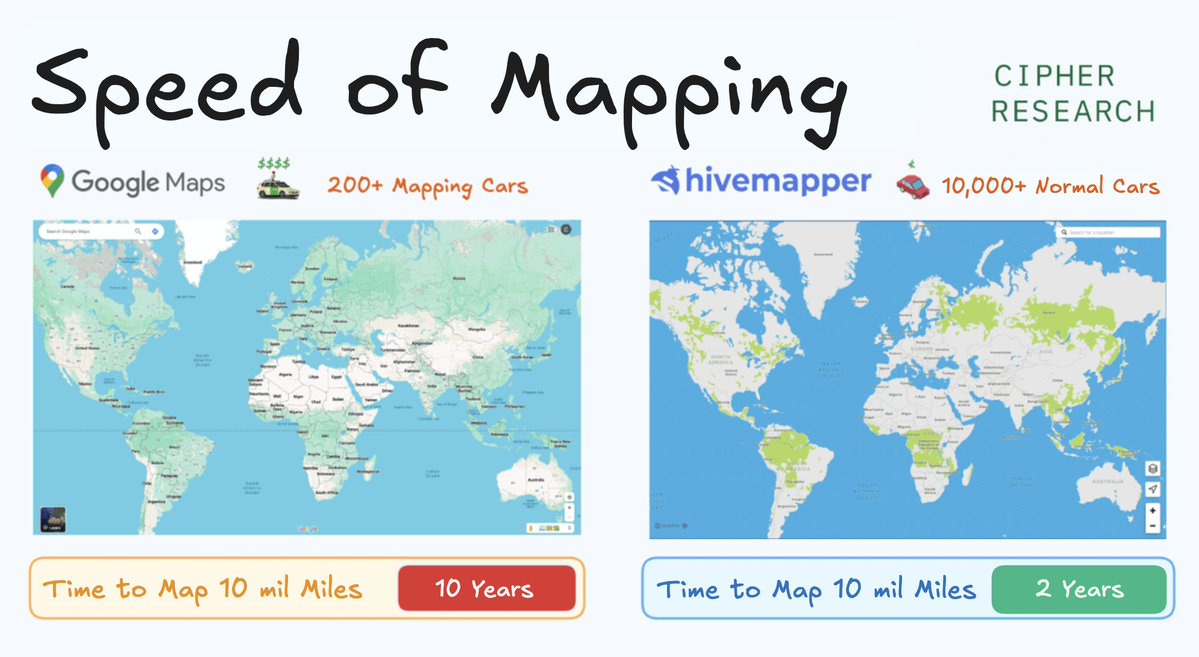Hivemapper Explained in 2 Mins
Google Reaps Billions from Maps, But There's a New Player in Town: Hivemapper
Hivemapper is making waves in the mapping industry, claiming to map the world five times faster than Google.
Having already covered 25% of global roads, it’s becoming harder to ignore. For the skeptics, here’s why Hivemapper and its token, $HONEY, deserve your attention.
Background
We rely on maps every day, whether for navigation or gathering location-based data. While they appear free to users, businesses pay a hefty price to access them. Today’s mapping services face three major challenges:
Outdated maps – Current maps are often slow to update, making them unreliable in fast-changing environments.
Expensive APIs – Businesses pay a premium for access to map APIs, adding significant costs to their operations.
Limited on-the-ground info – Maps lack real-time details on road conditions or construction, which is critical for various industries.
These problems create opportunities for new solutions, and that’s where Hivemapper comes in.
Introducing Hivemapper
Hivemapper is a decentralized mapping network that allows people across the globe to contribute to the creation and maintenance of street maps.
It enables real-time, community-generated maps that provide businesses with up-to-date and accurate street-level imagery.
At its core, Hivemapper uses a novel approach to mapping. Instead of relying on fleets of expensive vehicles, the platform empowers everyday drivers to capture street-level imagery as they go about their daily routines.
And in return for this valuable data, contributors earn Honey tokens.
How Hivemapper Works
The concept behind Hivemapper is simple: anyone can capture street imagery effortlessly while driving.
But executing this on a global scale requires a sophisticated system.
The process begins with Hivemapper’s purpose-built dashcams. These are easy to install and function like standard dashcams, recording roads as you drive.
What makes them unique is their ability to upload captured imagery to the Hivemapper network weekly via the app.
Contributions aren’t limited to dashcams, though.
Users can also update maps via their phones by reporting roadwork or construction sites, helping keep maps fresh and accurate.
Additionally, contributors can assist in training Hivemapper’s AI to recognize important objects like speed limit signs and traffic signals, which improves the platform’s accuracy.
Why Hivemapper Matters
But who exactly needs Hivemapper’s maps, and why?
There’s significant demand from various sectors, including:
Businesses looking for affordable map APIs, such as insurance companies that require real-time data on ground conditions.
Autonomous vehicle companies needing highly accurate and up-to-date maps for safe navigation.
Consumers wanting reliable information on road conditions and potential hazards.
Hivemapper’s decentralized model also makes it cheaper and more flexible than its competitors. Traditional services like Google Maps update their imagery every one to three years, while Hivemapper can refresh data 10 to 100 times more frequently.
The Role of $HONEY
The entire Hivemapper ecosystem operates on $HONEY, a token used to balance contributors and users.
Contributors are rewarded based on the value they add to the network, with weekly rewards determined by the amount of coverage, its freshness, and quality.
Rewards aren’t equal across the board.
Mapping under-represented areas or updating information in regions that haven’t been mapped recently results in higher rewards, incentivizing contributors to expand the global coverage of the platform.
Rapid Growth
The traction Hivemapper has achieved in just two years is nothing short of impressive.
It has already mapped 27% of the world’s roads, with a staggering 16.4 million unique kilometers covered by its community across multiple countries.
What’s even more remarkable is Hivemapper’s speed in covering this ground.
To put it in perspective, Google Street View took 10 years to cover 10 million unique miles, whereas Hivemapper achieved this in just two years.
The secret lies in decentralization—over 10,000 cars contribute to Hivemapper’s network, vastly outpacing Google’s smaller fleet of specialized vehicles.
The Case for Hivemapper
At first glance, Hivemapper might seem like just another mapping company. But once you understand the vast revenue potential that maps generate, its purpose becomes clear.
Companies of all types require map APIs and on-the-ground imaging for everything from logistics to customer service. What sets Hivemapper apart is its ability to provide updated, real-time maps at a fraction of the cost of competitors like Google. And since Hivemapper’s maps are refreshed much more frequently, the value proposition is hard to ignore.
The real power of Hivemapper comes from its scalability. The decentralized nature of its network allows it to cover more area in less time, a major advantage over centralized systems.
This is where the broader concept of DePIN (Decentralized Physical Infrastructure Networks) comes into play—Hivemapper isn’t just a map service, but a proof point for how decentralized networks can revolutionize industries traditionally dominated by centralized giants.
Hivemapper isn’t stopping at dashcams. Soon, the platform will launch Beekeeper, a new fleet-focused dashcam with advanced monitoring features like AI event detection.
Beekeeper will help reduce accidents, prevent asset misuse, and optimize routes for fleets, all while contributing valuable street imagery to the Hivemapper network.
This new product could be a game changer for large fleets. With Beekeeper, fleet managers can enhance safety and efficiency while helping to expand Hivemapper’s map coverage.
Final Thoughts
With demand for real-time maps and affordable APIs continuing to grow, Hivemapper’s value proposition is incredibly strong. Its ability to scale rapidly, provide fresher data, and operate more efficiently than traditional players makes it hard not to be bullish on Hivemapper’s mission and future.
As the world continues to move toward decentralization, Hivemapper is well-positioned to become a major player in the global mapping industry, and $HONEY may be a token worth watching closely.
About Cipher Research
Cipher Research is a leading crypto research firm focused on DeFi and DePin (Decentralized Physical Infrastructure Networks). We specialize in delivering high-quality, digestible research designed for all users—whether you're a seasoned investor or just getting started.
We spend several days working on each of our pieces and your subscription will motivate us to continue providing quality digestible research!


